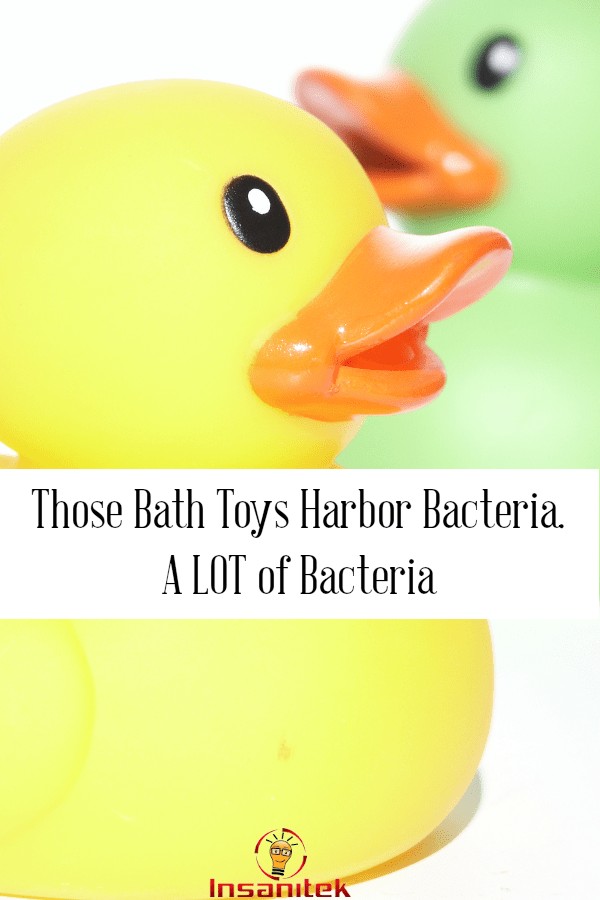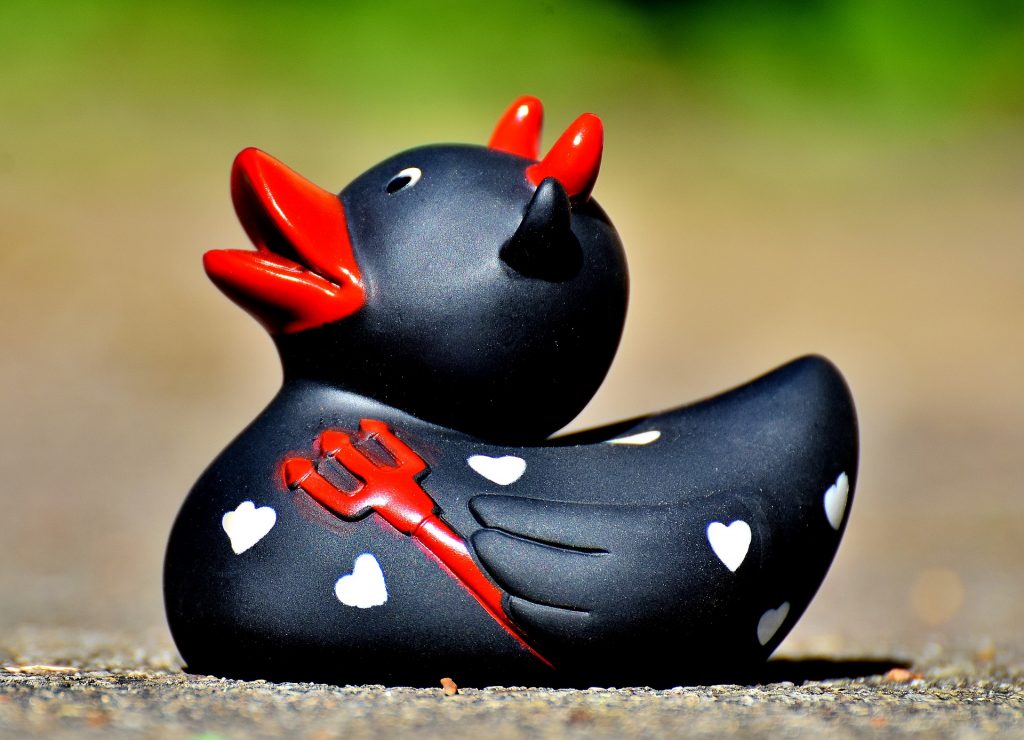 Rubber duckies are adorable, fun toys to have in the bathtub, but what are they doing when they aren’t in use? As it turns out, rubber ducks have a bad habit of harboring illness-causing bacteria.
Rubber duckies are adorable, fun toys to have in the bathtub, but what are they doing when they aren’t in use? As it turns out, rubber ducks have a bad habit of harboring illness-causing bacteria.
Recently, a team of researchers from the Swiss Federal Institute of Aquatic Science and Technology and the University of Illinois wanted to find out just how much bacteria these bath toys hold. They took 19 different bath toys, including rubber ducks, from five different Swiss households for test for bacteria.
For starters, the researchers recognized that the bath toys had “notable biofilms on their inner surface (Neu, 2018).” The tap water that the bath toys sat in played a role in the bacteria that eventually grew inside. As the bath water progressively became dirtier, so did the toys.
“Bacterial community compositions were diverse, showing many rare taxa in real bath toys and rather distinct communities in control bath toys, with a noticeable difference between clean and dirty water control biofilms,” wrote the scientists in their report. “Fungi were identified in 58% of all real bath toys and in all dirty water control toys.”
But what exactly did the researchers find in terms of bacteria?
“Possible disease-causing bacteria included Pseudomonas aeruginosa, E. coli, and various species of Listeria, Enterococci, Klebsiella, Chlamydia, and Clostridia,” explains Bruce Y. Lee, for Forbes (Lee, 2018). “Possible disease causing fungi included Phialophora and Cryptococcus.”
In short, the rubber duckies may be better left unused and kept away from the bathtub. But why are these toys so problematic?
“Synthetic polymeric materials in contact with potable water not only adsorb some organic matter from the water, but also release substantial amounts of organic carbon through migration, leakage, leaching, and/or permeation, including, e.g., plasticizers, stabilizers and antioxidants,” explain the researchers in their report. A fraction of this organic carbon is biodegradable and offers microorganisms a significant source of assimilable organic carbon (AOC). This AOC in turn promotes microbial growth and biofilm formation and influences the microbial community composition. Flexible polymeric (i.e., plastic) materials, which are typically used in the production of bath toys, are particularly known for excessive carbon leaching and unwanted biofilm formation and growth.”
As it turns out, it’s the material that the duckies are made of that allows for bacterial growth. That being said, perhaps it’s time we rethink all of the items we keep around us in the bathtub. Depending on the porous nature of the materials, we could be surrounding ourselves with the very bacteria we want to wash away as we give ourselves a scrub.
References
Neu, Lisa. Banziger, Carola. Proctor, Caitlin. Zhang, Ya. Liu, Wen-Tso. Hammes, Frederik. “Ugly ducklings—the dark side of plastic materials in contact with potable water.” Retrieved March 30, 2018, from https://www.nature.com/articles/s41522-018-0050-9.
Lee, Bruce. “Here Is How Yucky Your Rubber Ducky May Be.” Retrieved March 30, 2018, from https://www.forbes.com/sites/brucelee/2018/03/28/here-is-how-yucky-your-rubber-ducky-may-be/#3333c7f74c74/
